Can you easily tell the differences in these two cloths? Could you tell the difference if they were not presented side-by-side?
The most basic weave is called Tabby weave. It is also sometimes called “canvas weave” or even “linen weave” despite that it could be crafted from any type of fibre. The description of “linen weave” is wonderfully accurate, because most linens, even today, are of the simplest weave structure. In this weave, each thread of the weft (the yarn that runs across the fabric from selvedge to selvedge) crosses over one warp (the threads that run the length of the cloth) and then under the next.
Tabby is one of the most common weaves in the Viking Age. For most regions, you really cannot go wrong with tabby in a solid color.
The other popular weave in the Viking Age is a 2/2 twill. Twill textiles have a weave structure that has a visible diagonal line. Think of denim and it can help you picture this.
In a 2/2 twill, the first weft thread passes over two warps, then under two, then over the next two to the end of the line. The next row will be offset. Again, for most regions, you cannot go wrong with a basic twill in a solid color.
There are, of course, many other types of weaves in the period, even if they are not as popular as the two mentioned above. These include 2/1 twill, herringbone twill, cross twill, lozenge and diamond twills. It is the last two that I want to discuss at this time.
We run into a couple of issues with obfuscation between the terms Diamond Twill and Lozenge Twill. This is partly because there is no one set of naming conventions for weaving, and also partly because people do not readily recognize the difference in the two and misuse the terms.
First, look at the weaving diagrams for three types of this group:
2/1 “Lozenge or Diamond Twill”, 2/2 “Lozenge Twill”, and “2/2 Diamond Twill” (which I also call “Broken Diamond Twill” to help make the distinction more clear). Sometimes you will see Lozenge Twill replaced with Birds-Eye or Goose-Eye Twill. Lise Bender Jørgensen, one of the top experts in early textiles of Northern Europe, typically makes the distinction between Lozenge for unbroken-diamond twill and Diamond for the “broken” variety, for the 2/2 types, but even she refers to the 2/1 pattern as either. How confusing is that? She explains further the choices in another volume, but the details are very weaving specific and I am not going to cover them here, especially because these terms can change from writer to writer or weaver to weaver.
What do I mean by “broken”? In the Broken Diamond Twills, you can see that the pattern counterchanges, and the diamond in the center is not a solid color. That shift is what I am calling a “break”. The Lozenge Twills do not have that, and appear to be one diamond set atop another.
To make all of this more confusing, not every Broken Diamond Twill looks exactly the same. There are slight variations in size and repeat of the patter, but the key is that they all display that distinctive “break” in the pattern.
So why is this important? It is important to understand the difference because in the Viking Age, the Diamond Twills that we see are almost always of the “Broken” variety. Knowing the difference, and being able to “read” the cloth, allows us to make our best choices when spending money for textiles, or taking the time to weave our own.
At York, Denmark and in Norway we only see Broken Diamond twills. At Sweden we see the same, with the exception being Birka, where we see 8 three-shaft Lozenge Twills (Broken Diamond and 2/2 twill are woven with 4 shafts). 8 textiles out of thousands were truly Lozenge Twills rather than Broken-Diamond Twill.
Even more important, is that all of these examples of Lozenge Twill were of the same type. These were delicate, almost sheer, and of a very high thread-count (50-60 threads per cm). Further they were smooth, shiny and no trace of “wooliness”. They were dyed so dark with woad that they were almost black. (Geijer, Birka iii, p26-27). There was one more fabric of this quality/color that as well that was also a 3 shaft twill.
If you want more weaving-nerdy-info, please see this article by Hrolf Verberg that helps to explain why the 2/2 twills are of the Broken variety. And if you are curious about percentages of weaves at various sites, you can see my charts HERE. Some of my handwoven examples are below (the top-right one uses two colors to better show the weave).
So What Do I Buy?
This is a complicated question. Ideally, if you were in a serious reenactment group, or if you were taking the time to weave the cloth yourself, you absolutely would want to choose the Broken Diamond Twills for your kit if you were representing someone from anywhere other than Birka. If you are looking at Birka, you would want to look more closely at the graves with that special type of Lozenge Twill and take a closer look at the context, and try to find a very fine cloth that matches that specific type to get the most accurate representation possible.
And for anyone else? I would still recommend that if you are laying out a great deal of money for specialty cloth that you look for the “correct” thing first. That is not to say that I would not purchase a Lozenge Twill if the price was right or if I really wanted something in linen for Pennsic and I could not find a Broken Diamond Twill. Also, never pass up a good bargain on wool when you can find it! And, in the SCA especially, we often make concessions for things like opting for the not-quite-perfect-but-close fabric because it is what we have access to (please note the difference in your documentation if it is for a competition though). For example, you might really need a dress for an elevation and want to use the red from your heraldry and the only cloth available is Lozenge Twill, well, go for it! If you already have a garment in Lozenge Twill? Don’t sweat it! Wear it with pride. From any distance it is almost impossible to tell apart!
Other Considerations
 Broken Diamond Twill from Oseberg with an insanely high threadcount. The diamonds are smaller than a centimeter.
Broken Diamond Twill from Oseberg with an insanely high threadcount. The diamonds are smaller than a centimeter. - Saxon textiles were also of the Broken Diamond Twill type
- For the Viking Age look for solid colors when possible, or at least colors that are close together. Solid Red, Brown or Blue would be stellar, and I would look at something like Dark Brown warp with Light Brown weft as quite decent as well. I would avoid purchasing a cloth that has drastically different colors in the two systems if I were aiming for a very accurate garment, unless I found a bargain I could not pass up (and even then, I might overdye it at some point).
- Look for SMALL diamonds. The existing textiles, even where we think they belonged to a cloak, were not large. Some of the textiles had diamonds that were smaller than a centimeter tall! I would not buy anything with diamonds over an inch, and even that I would think twice about, especially for a garment like a tunic or aprondress.
- We do have two examples of Broken Diamon Twill linen, both from women’s clothing. (see article HERE).
- Remember, you can never, ever go wrong with plain Tabby or 2/2 Twill in solid colors, EVEN for a very high status persona!
Some options for purchasing Broken Diamond Twills are below (I will update this as I get more recommendations):
Woolsome: Note that the linens, wool thin diamonds and wool/linen mixes are Lozenge Twills, not Broken Diamond Twills. The Handwoven Diamonds are Broken Diamond Twill.
https://www.woolsome.shop/
Classic Fabrics: This site also carries both types, look very carefully at the weave when selecting.
https://classicfabrics.nl/category/fabrics/wool/?filter_weave=diamond-twill
TheHistoricalFabricStore: I _think_ these are all Broken Diamond, but one might want to clarify before ordering. The diamonds are SMALL and these are in solid colors so even if these were lozenge twills, I would be tempted regardless.
https://www.thehistoricalfabricstore.com/diamondtwill
Der Stoff Dealer: Sometimes has Broken Diamond Twill
https://www.der-stoffdealer.de/
REFERENCES
Bender Jørgensen, Lise. Northern European Textiles until AD 1000, Aarhus University Press), 1992.
Bender Jørgensen, Lise. Prehistoric Scandinavian Textiles, (Det Kongelige Nordiske oldskriftselskab), 1986.
Geijer, Agnes. Birka III, Die Textilefunde aus Den Grabern. Uppsala,1938.
Hägg, Inga. Textilien und Tracht in Haithabu und Schleswig, Wachholtz Murmann Publishers, 2015.
Walton Rogers, P. Textiles, Cordage and Raw Fiber from 16-22 Coppergate, The Archaeology of York Volume 17: The Small Finds. 1989.
Walton Rogers, P. Textile Production at 16-22 Coppergate, The Archaeology of York Volume 17: The Small Finds. 1997.
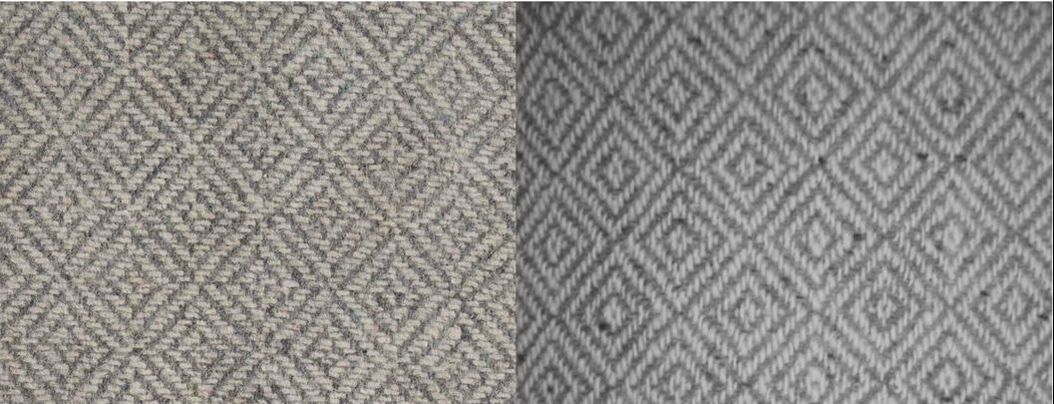



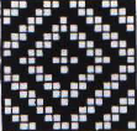
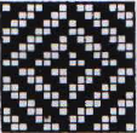
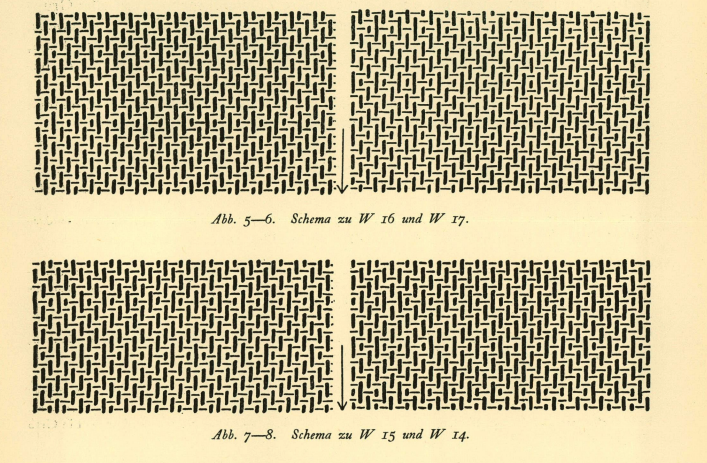
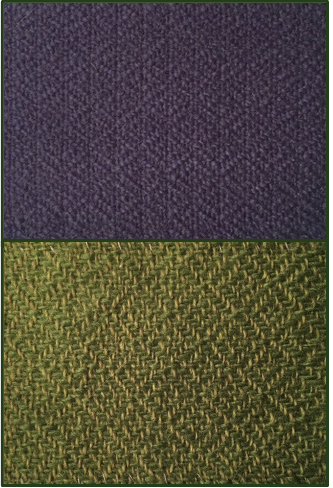
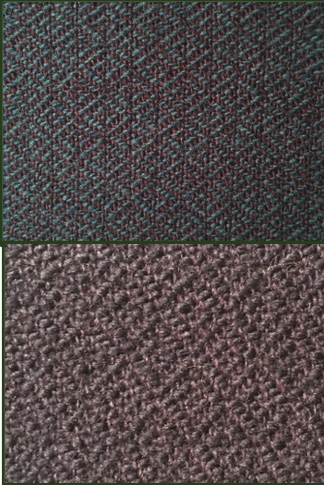
 RSS Feed
RSS Feed